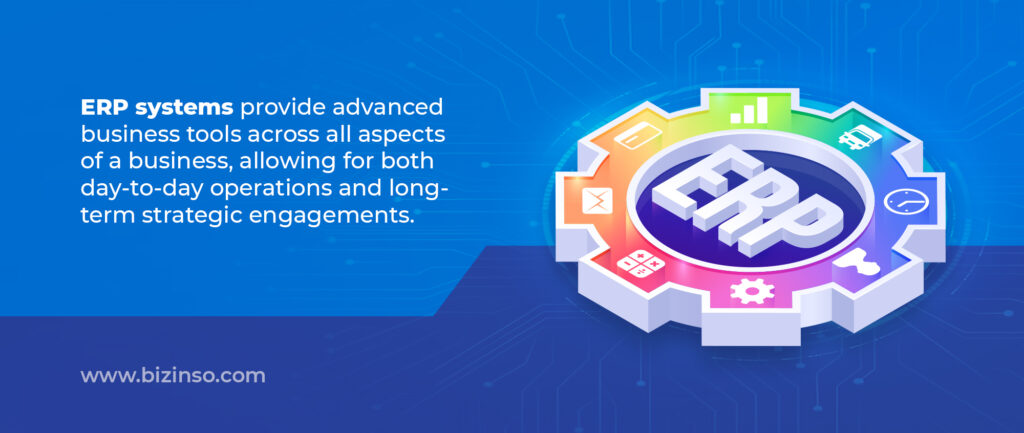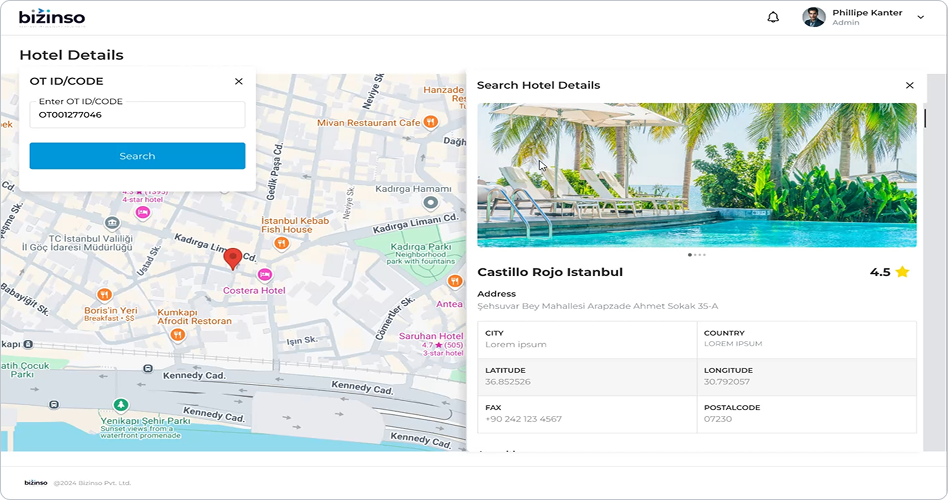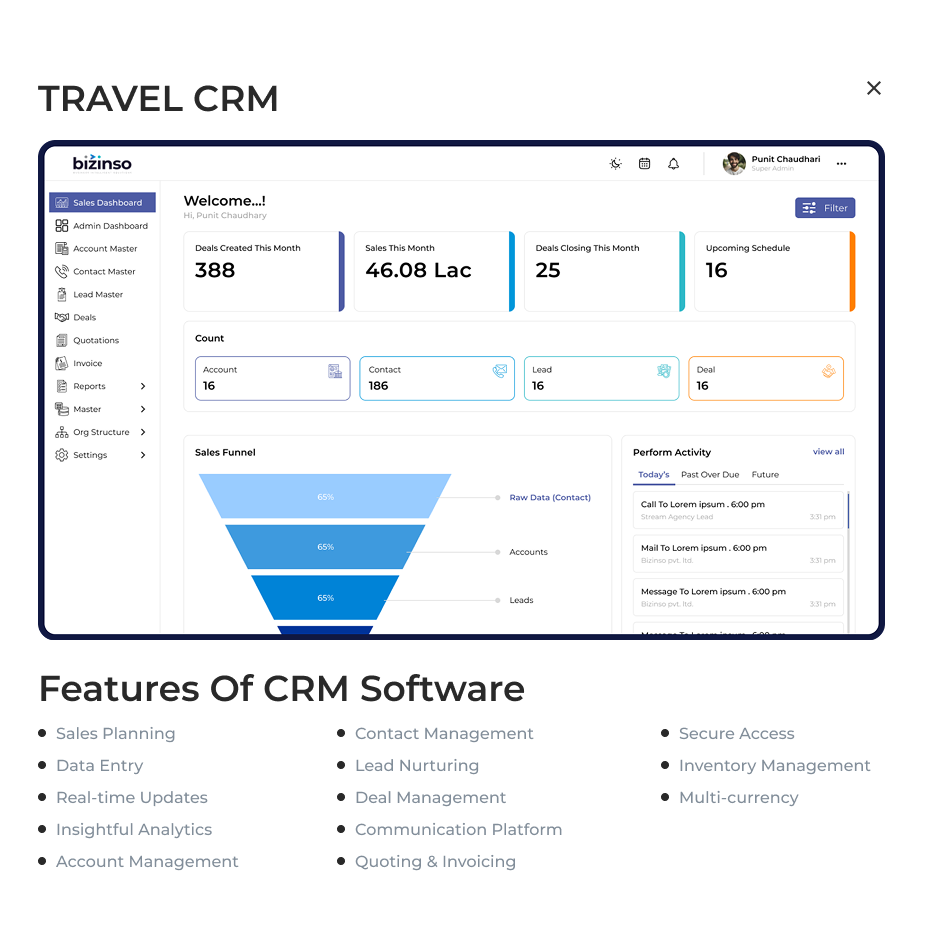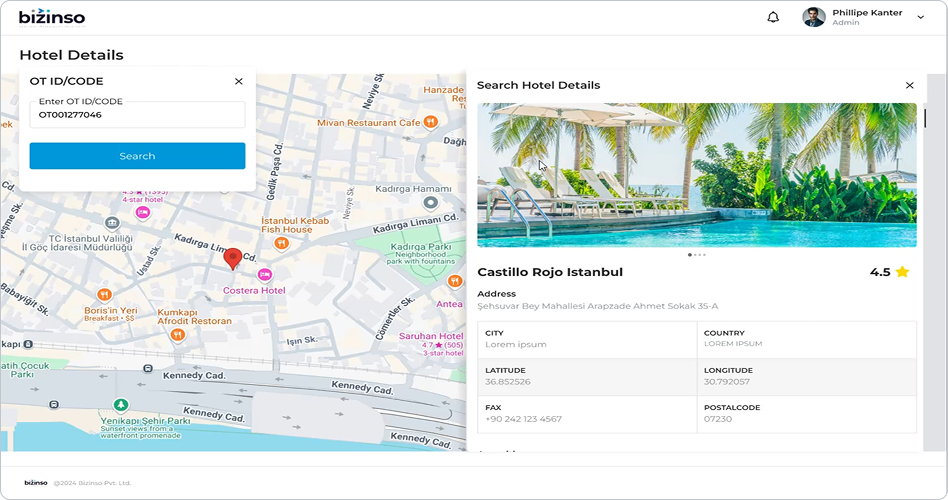
To link corporate applications, data, processes, and devices across the whole IT landscape, enterprise integration employs technologies and approaches that combine functionality and communication across systems. Such enterprise integration is crucial for enabling organizations to respond rapidly to business demands and develop into more agile, responsive businesses.
In most enterprise environments, where an ever-expanding sprawl of applications and data has made it challenging to govern the business, a comprehensive approach to integration helps to resolve the complexity. By combining the different data and application integration disciplines into a single unified effort under a single governance paradigm, enterprise integration takes a comprehensive approach to solving integration difficulties.
The development of business integration
Since the beginning of application management, there has been a solid amount of interest in corporate integration solutions. In particular, within the industrial sector, where computer-integrated manufacturing (CIM) was taking off, integration was an idealistic objective and primarily focused on data integration.
Enterprise integration gained attention in the 1990s as companies struggled with numerous programs that operated independently of one another. It was obvious how important it was to integrate these various systems in order to foster unity throughout the company. However, early attempts at system integration involved employing data integration software to perform point-to-point integrations from one business application to another. The goal of creating and maintaining a reliable and secure integration architecture for the entire organization was not addressed by this linear approach.
Enterprise integration has now emerged as a strategic necessity, particularly in light of the explosive proliferation of diverse applications and data as businesses increasingly use cloud solutions. The cornerstone to achieving increased responsiveness and agility, in the opinion of many CIOs, is corporate integration.
Organizations all around the world are implementing enterprise integration as a strategy to increase productivity and alter their companies.
Organizations all around the world are implementing enterprise integration as a strategy to increase productivity and alter their companies. For instance, Endress + Hauser, a German manufacturer of industrial machinery and components, used cloud-based data and enterprise integration tools to speed up projects and save costs by more than 5X.
Integrative methods
Enterprise integration can take many forms, connecting important systems and applications from various business divisions and generating benefits.
1. Application integration: Using application integration, processes and data may be streamlined, combined, and exchanged in real time between various software programs to increase insights, visibility, and productivity throughout the organization.
2. Data integration: Data integration is the process of finding, retrieving, and compiling information (or data) from several sources into a uniform and structured view.
3. Process integration: Using process integration, activities may be transformed and made more efficient by orchestrating workflows and processes that span several applications and systems.
4. Device integration: Through device integration, many gadgets are linked together so they can interact, communicate, and work together to meet business needs and boost productivity.
In conclusion, business leaders can use real-time data and processes from across the organization by integrating applications, data, processes, and devices. People will be more productive and use real-time data on demand to operate more effectively without having to manually combine and update systems. Faster, more enjoyable interactions can improve customer experiences.
The best techniques for corporate integration
Create an excellence center for integration (ICoE) comprising of a cross-departmental team with a C-suite sponsor that is committed to using standard procedures and best practices. Merging integration abilities, resources, and procedures into one specialized team of subject matter experts will maximize limited IT resources. These specialists must come from a variety of fields, such as compliance and security, as well as the business units in charge of the applications and information that the integration would directly affect.
An ICoE can reduce needless project duplication and increase speed, efficiency, and effectiveness by sharing knowledge and standardized processes across the organization. This makes it simpler for businesses to integrate processes, data, and applications in a logical, scalable, and economical way.
An ICoE will provide organizations with:
- Quicker project completion
- Cost-savings in operations and IT through the use of multipurpose technology solutions
- Reduced maintenance expenses
- Increased ROI as a result of the development and reuse of corporate assets, such as source definitions, application interfaces, and documented business rules.
- Begin with a platform strategy. A platform-based strategy accommodates a wide range of integration use cases (such as application, process, data, usage, sensors, and others) across on-premise, cloud, and hybrid ecosystems, supporting the numerous dimensions of business connectivity.
- Make use of APIs as the basic building components. Within a platform structure, APIs act as interchangeable integration components that support the integration of people, processes, and systems. This enables the company to quickly adapt digital assets into fresh business models using a range of monetization strategies.
- Make integration available to everybody. The company can give all users straightforward; no-code build experiences by democratizing integration. Company users of all technical proficiency levels can update integrations and build them to assist maximize business value, reducing the need for specialized developers.
- Introduce intelligent lifecycle management. In order to support the corporate integration strategy, create continuing management strategies. Access control, change management procedures, guidelines for extending integrations, system credential management, and data encryption are required in plans. Lifecycle management must be able to push patches and upgrades to runtime engines, whether they are on-premises or in the cloud for hybrid deployments.
- Utilize analytics and predictive intelligence to drive ongoing improvements. To gain insights from the data flow throughout the business, lines of business, and endpoints, use integration activity analytics. Predictive intelligence can identify integration patterns on usage across the enterprise as user-led integration expands.





